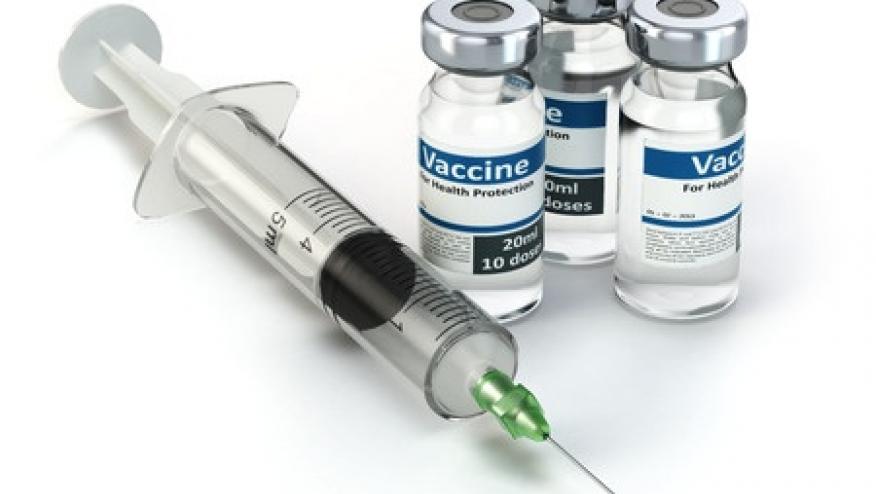CDC Endorses New Shingles Vaccine Over Zostavax Save

The U.S. Centers for Disease Control (CDC) announced on 25 October they endorsed the use of the new GSK shingles vaccine (Shingrix) over the currently available live-virus vaccine (Zostavax) from Merck.
The new Herpes Zoster subunit vaccine (Shingrix) is recommended for the prevention of herpes zoster and related complications for immunocompetent adults aged 50 years and older. It is also recommended for the prevention of herpes zoster and related complications for immunocompetent adults who previously received Zoster Vaccine Live (Zostavax).
Shingles affects 1 in 3 Americans in their lifetime, and strikes an estimated 1 million Americans each year.
The ACIP has voted in favor (8-7) for the preferred use of Shingrix over Zostavax and its recommendations will be forwarded to the director of the CDC and the US Department of Health and Human Services for review and approval. Once approved, the final recommendations will be published in a future Morbidity and Mortality Weekly Report (MMWR). It will take several months for the CDC to formally adopt the advisory panel’s recommendations.
The new recommendations mean up to 62 million more adults in the US should be immunized, approximately 42 million aged 50-59 years old and 20 million who have previously been vaccinated against shingles.[i]
Approval of Shingrix was based on a comprehensive Phase III clinical trial program involving 38,000 adults to evaluate the vaccine’s efficacy, safety and immunogenicity. In a pooled analysis of these studies, Shingrix demonstrated efficacy against shingles greater than 90% across all age groups, as well as sustained efficacy over a follow-up period of 4 years.[v],[vi] By preventing shingles, Shingrix also reduced the overall incidence of postherpetic neuralgia (PHN), a form of chronic nerve pain lasting from at least three months up to several years and the most common complication associated with shingles.1
The most common side effects of Shingrix are pain, redness, and swelling at the injection site, muscle pain, tiredness, headache, shivering, fever, and upset stomach, which are related to the immune system responding to the vaccine. Based on available data, the majority of reactions to the vaccine were transient and mild to moderate in intensity, lasting less than three days.










If you are a health practitioner, you may Login/Register to comment.
Due to the nature of these comment forums, only health practitioners are allowed to comment at this time.